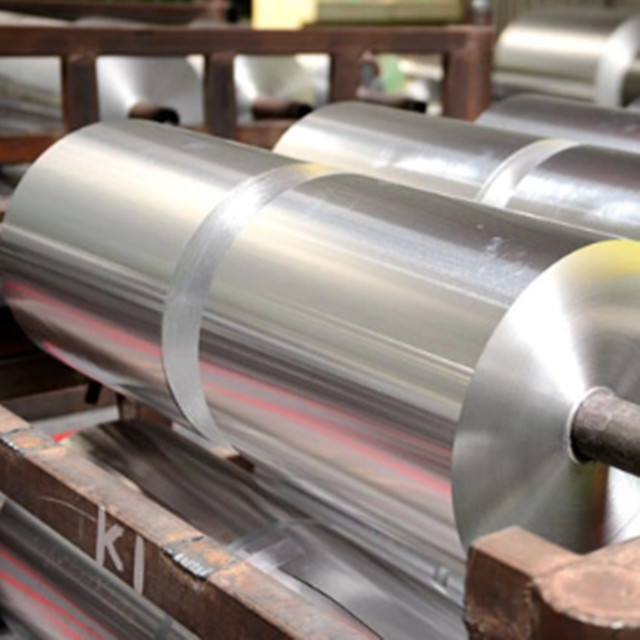Aluminum foil is a very thin aluminum product, usually less than 0.2 mm thick. It is made of high purity aluminum metal, containing about 92-99% aluminum, which is easily bent or torn. The width and strength of aluminum foil can vary greatly depending on the application. It is a durable, non-toxic, oil -proof and chemical-resistant material.
Classification according to the surface state
Aluminum foil can be divided into one side of light aluminum foil and two sides of light aluminum foil.
Single-side light aluminum foil: double rolled aluminum foil, one side of the roll is bright, the surface is black, such aluminum foil is called a light aluminum foil. The thickness of one side of light aluminum foil usually does not exceed 0.025mm.
Double-sided light aluminum foil: single rolled aluminum foil, both sides and roll contact, the two sides of aluminum foil due to the different surface roughness of the roll is divided into mirror two-sided light aluminum foil and ordinary two-sided light aluminum foil. The thickness of the two sides of light aluminum foil is generally not less than 0.01mm.

Single-side light aluminum foil

Double-sided light aluminum foil
Classification according to the thickness difference
Aluminum foil can be divided into thick foil, single zero foil and double zero foil .
Thick foil (heavy gauge foil) : foil with a thickness of 0.1 ~ 0.2mm.
Single zero foil (medium gauge foil ): the thickness of 0.01mm and less than 0.1mm/ foil.
Double zero foil (" light gauge foil ") : The so-called double zero foil is the foil with two zeros after the decimal point when its thickness is mm as the unit of measurement, usually the aluminum foil with a thickness of less than 0.01, that is, 0.005~0.009mm aluminum foil.
Classification according to the temper
Aluminum foil can be divided into hard foil, semi-hard foil and soft foil.
Hard foil: aluminum foil without softening treatment (annealing) after rolling, without degreasing treatment, the surface of the residue. Therefore, the hard foil must be degreased before printing, laminating and coating, and can be used directly if used for forming processing.
Semi-hard foil: aluminum foil hardness (or strength) between hard foil and soft foil, usually used for forming processing.
Soft foil: aluminum foil softened after full annealing after rolling, soft material, no residual oil on the surface. Most applications, such as packaging, composite, electrical materials, etc., use soft foils.
























